Retro Replay Review
Gameplay
Advance Wars: Days of Ruin builds on the turn-based strategy foundation of its predecessors, tasking players with capturing cities and factories to generate reinforcements and secure strategic dominance. Each turn, you’ll weigh the strengths and weaknesses of infantry, tanks, artillery and air units against varied terrain—ranging from devastated urban sprawls to muddy fields scarred by meteor strikes. Terrain effects are crucial; forests conceal units from enemy sight while roads speed up movement, forcing you to constantly adapt your tactics as the battlefield evolves.
(HEY YOU!! We hope you enjoy! We try not to run ads. So basically, this is a very expensive hobby running this site. Please consider joining us for updates, forums, and more. Network w/ us to make some cash or friends while retro gaming, and you can win some free retro games for posting. Okay, carry on 👍)
One of the most significant mechanical overhauls in Days of Ruin is the reinvention of the Commanding Officer (CO) system. Instead of commanders passively overlooking the entire army, each CO is now physically attached to a single unit. This CO unit confers passive boosts—such as increased defense or movement—to adjacent allies, and slowly builds up a power meter by dealing or receiving damage up close. When fully charged, the CO unleashes a devastating ability that can turn the tide of a losing battle, but doing so often exposes your CO-unit to counterattack, adding a fresh layer of risk versus reward.
Beyond the core campaign, the game offers a robust map editor that lets you design custom scenarios and share them locally with friends. While there’s no global online matchmaking, wireless multiplayer battles allow up to four players in head-to-head skirmishes, extending replay value long after the story ends. Whether you’re fine-tuning a one-off custom map or climbing the ranked ladder in local tournaments, Days of Ruin delivers strategic depth that rewards planning, foresight and adaptability.
Graphics
Visually, Days of Ruin marks a stark departure from the bright, cartoon-ish palette of earlier Advance Wars titles. The world is rendered in muted tones of brown, gray and wreckage-torn landscapes, perfectly complementing the game’s more somber narrative. Despite the darker color scheme, unit sprites remain crisp and detailed—each mech, tank and warplane bristling with intricate touches that convey heavy armor and weathered metal.
On the Nintendo DS’s modest hardware, Days of Ruin achieves smooth animations when units attack, move or capture buildings. Explosions are punchy and accompanied by screen shake, giving each artillery salvo weight and impact. The UI overlays—including the minimap, unit info panels and CO power meters—are cleanly designed, ensuring that even on the DS’s small screens, critical battlefield information is always legible.
Cutscenes and mission briefings adopt a cinematic flair, using close-up character artwork and dramatic camera angles to heighten tension between skirmishes. While full voice-overs are limited to brief grunts and exclamations during CO powers, the combination of evocative music, expressive portraits and dynamic map transitions makes for an immersive presentation that underscores the game’s grave circumstances.
Story
Advance Wars: Days of Ruin drops the cheerful humor of its forebears in favor of a post-apocalyptic narrative set after a meteor shower has shattered the global order. You follow Will, Rag, and their ragtag squad of survivors as they navigate a world in chaos, battling rival factions for scarce resources. This fresh cast brings a human element to the strategy gameplay, as each character wrestles with loss, betrayal and the struggle to establish hope amid widespread destruction.
The campaign is structured around a series of increasingly challenging missions, each underscoring the stakes of a shattered civilization. Between battles, short story interludes and dialogue scenes develop relationships between COs and their troops, allowing you to witness personalities clash and alliances form under pressure. The grimmer tone is supported by mature themes—such as desperation, sacrifice and the moral ambiguities of warfare—that set Days of Ruin apart from more lighthearted entries in the series.
While the narrative rarely deviates from its main arc, optional side missions and hidden objectives encourage exploration of the map designer’s lore, unlocking backstories for key characters. These extras add depth for completionists, but casual players can still enjoy a tightly paced storyline that balances action-packed setpiece battles with quieter, character-driven moments.
Overall Experience
Advance Wars: Days of Ruin strikes a careful balance between accessibility and strategic complexity. Newcomers will appreciate the clear tutorials and gradual introduction of advanced mechanics, while veterans can dive into hard-mode challenges, custom maps and competitive local multiplayer to continually test their mettle. The fresh CO system demands thoughtful positioning, ensuring that every move can have far-reaching consequences.
On the downside, the regional lockout on Nintendo Wi-Fi and the absence of global online matchmaking mean you’ll need local friends with DS consoles to experience multiplayer battles. Additionally, the darker tone and bleaker world may not resonate with fans who prefer the series’ earlier, more whimsical style. However, for players seeking a mature twist on a beloved franchise, Days of Ruin delivers a compelling package of heart-pounding tactics and engrossing storytelling.
In the end, Days of Ruin stands as one of the most ambitious entries in the Advance Wars lineup. With its engaging turn-based gameplay, evocative art direction and unexpectedly powerful narrative, it offers hours of replayability and a strategic challenge that will satisfy both long-time devotees and newcomers to the series. If you own a Nintendo DS and crave a deep, thoughtful war game with heart and grit, Days of Ruin is well worth your time.
 Retro Replay Retro Replay gaming reviews, news, emulation, geek stuff and more!
Retro Replay Retro Replay gaming reviews, news, emulation, geek stuff and more!
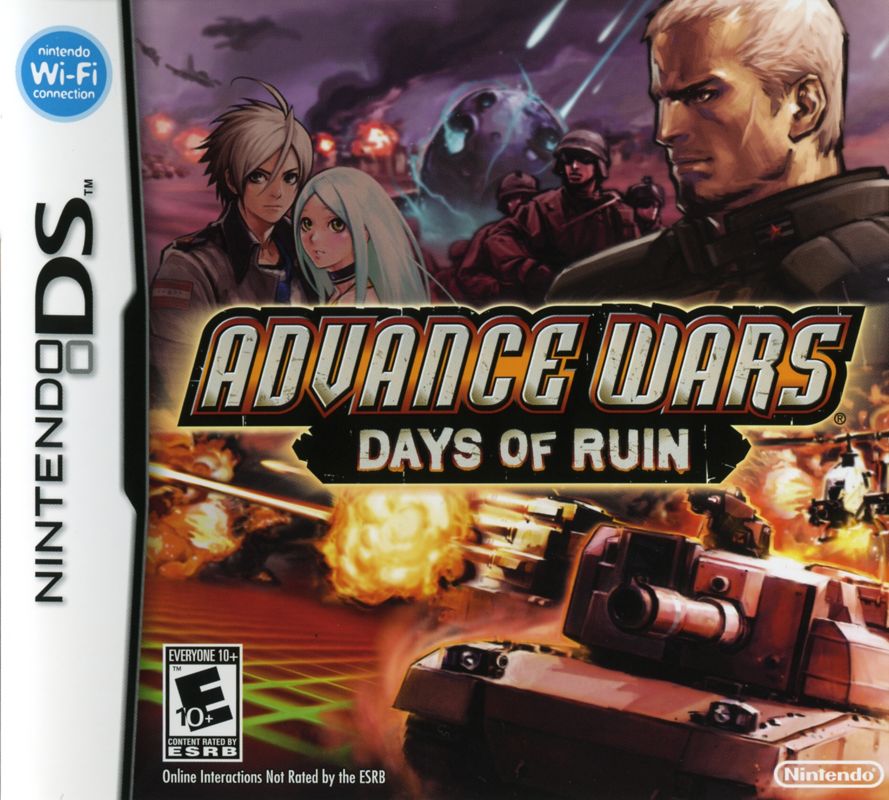
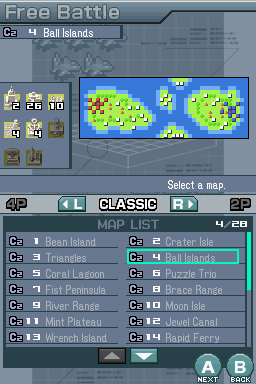
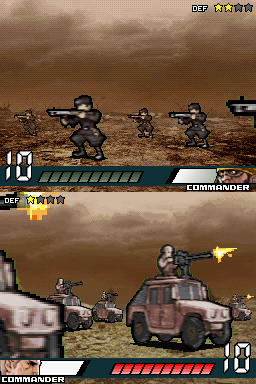
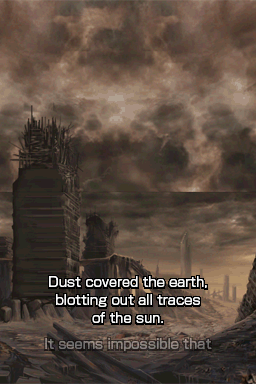
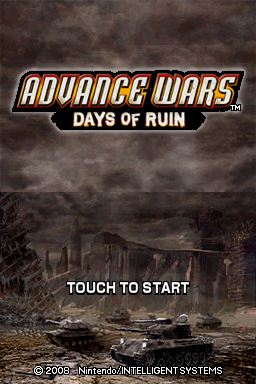
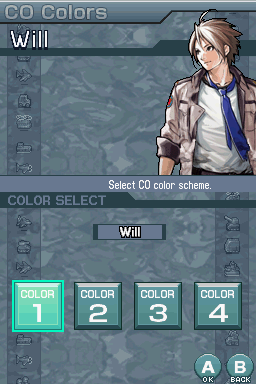



Reviews
There are no reviews yet.